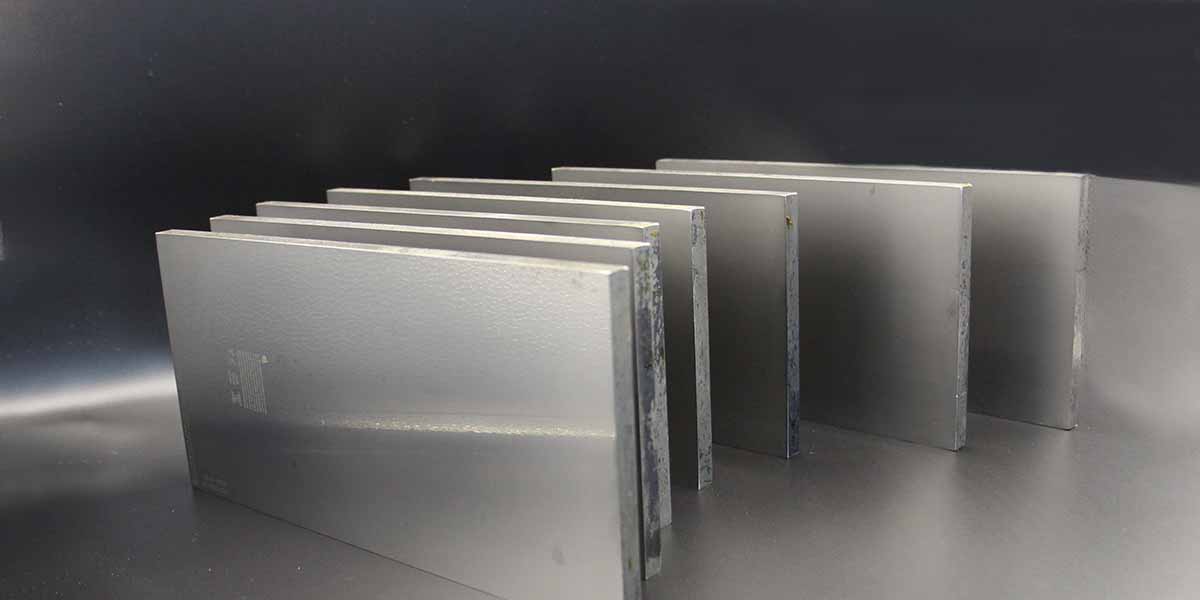The Craft of Pad Printing Steel Plate in Industrial Precision
I. Introduction
In today's highly automated and advanced industrial production landscape, surface treatment technologies have evolved rapidly, with pad printing emerging as a standout method due to its distinct advantages. As an indirect printing technique, pad printing involves transferring designs to a flexible silicone pad, which then applies the patterns to the surface of various objects. This method is particularly effective for printing on intricate shapes, curved surfaces, and small areas. Central to this process is the pad printing steel plate, a key component that directly influences the quality of the final printed results. Acting as a conduit between creative ideas and physical products, the steel plate's precision determines the outcome of the entire printing process.

As its name implies, the pad printing steel plate is a specialized metal sheet designed for the pad printing process. It serves not only as a carrier for patterns but also as a key to achieving high-quality printing. In terms of pattern transfer, quality control, and production efficiency enhancement, the pad printing steel plate plays an irreplaceable role. Through precise plate-making and processing, it faithfully reproduces every detail of the design pattern, ensuring consistency and accuracy in the printing results. Furthermore, with advancements in materials science and processing technology, the performance of pad printing steel plates continues to improve, further promoting the application and development of pad printing technology in more fields.
This article aims to delve into the materials, manufacturing processes, application fields, and future trends of pad printing steel plates, providing readers with a comprehensive and in-depth understanding.
II. Basic Introduction to Pad Printing Steel Plates
Definition and Principles
The pad printing steel plate is a specially treated metal sheet whose surface, after fine processing, can carry and precisely present the patterns to be printed. In the pad printing process, the patterns on the steel plate are first covered with ink, and then the ink is transferred to the surface of the target object through the elastic deformation of a rubber head, realizing pattern printing. As the original carrier of patterns, the flatness, hardness, wear resistance, and other factors of the pad printing steel plate significantly impact the printing quality.
The basic principle of pad printing technology can be summarized as "ink transfer - image printing." Specifically, ink is first applied to the pattern area on the pad printing steel plate, and then excess ink is removed by a squeegee or roller, leaving only the ink in the pattern grooves. Next, a flexible rubber head is brought into contact with the steel plate and subjected to a certain pressure, causing the rubber head surface to form a protrusion opposite to the pattern on the steel plate. Finally, the rubber head with the pattern is moved to the surface of the target object and the pressure is released, transferring the ink from the rubber head to the object, completing the printing process.
Material Selection
The choice of material for pad printing steel plates is crucial, as it not only affects the processing performance and service life of the plate but also directly influences the quality and precision of the printed patterns. Commonly used materials for pad printing steel plates in the market include stainless steel and nickel alloys. Stainless steel is a preferred material due to its excellent corrosion resistance and processing performance; while nickel alloys are favored for their high strength and wear resistance.
Different materials have their respective advantages and disadvantages in the application of pad printing steel plates. Stainless steel plates boast high hardness and good corrosion resistance but are relatively difficult to process into fine patterns. Nickel alloy plates, on the other hand, are easier to engrave and etch into intricate details but come with a higher cost. Therefore, when selecting the material for pad printing steel plates, a comprehensive consideration of specific application scenarios and requirements is necessary.
The choice of material also profoundly impacts the hardness, wear resistance, corrosion resistance, and pattern fineness of the steel plate. Steel plates with higher hardness can withstand more wear and deformation, ensuring long-term stability in use. Those with good wear resistance reduce loss and pattern blurring caused by friction. Strongly corrosion-resistant steel plates adapt to more complex working environments, extending their service life. Additionally, the fineness of patterns is influenced by material selection, with finer materials and processes resulting in clearer and more detailed pattern effects.
III. Manufacturing Process of Steel Plates for Pad Printing Machines
Design and Plate Making
The design and plate making of steel plates for pad printing machines represent the first crucial step in ensuring the ultimate print quality, blending the essence of art and technology. During the design phase, designers first communicate with clients to clarify the requirements for the printing pattern, including its complexity, color specifications, and the material of the target substrate. Based on this information, designers create preliminary pattern drafts and optimize them through professional image processing software to ensure clarity, color fidelity, and overall visual appeal.
The plate making process is pivotal in transforming the designed pattern into an actual one on the steel plate for pad printing. Currently, photolithography and electroforming are two dominant techniques. Photolithography utilizes photochemical reactions, where a photosensitive material is coated on the steel plate surface. Through exposure and development steps, the designed pattern is precisely transferred onto the plate. This method excels in producing large-area, high-precision patterns. In contrast, electroforming employs electrolytic deposition of metal layers on the steel surface to create raised patterns. It excels in crafting intricate and complex patterns, particularly suitable for applications requiring high detail rendition.
Processing and Post-treatment
After plate making, the steel plate for the pad printing machine undergoes a series of processing and post-treatment steps to meet practical usage requirements. During processing, precision carving, etching, or laser engraving techniques are widely applied. These processes precisely remove excess material from the plate surface, forming the desired grooves or raised patterns. Notably, laser engraving, with its high precision, efficiency, and non-contact processing advantages, holds a prominent position in steel plate manufacturing for pad printing machines.
Post-treatment steps encompass cleaning, polishing, and hardening. Cleaning removes impurities and residues generated during processing, ensuring a clean plate surface. Polishing involves smoothing the plate surface through mechanical or chemical methods to enhance its gloss and aesthetics. Hardening processes, meanwhile, strengthen the steel's hardness and wear resistance, prolonging its service life. These post-treatment measures significantly contribute to improving the overall performance and print effect of the steel plate.
Quality Control
Quality control is an integral part of the steel plate manufacturing process for pad printing machines. To ensure consistent quality and print effects, stringent inspections and controls are conducted on the plate's dimensional accuracy, pattern clarity, and wear resistance. Dimensional accuracy relies on high-precision measuring equipment and strict process operation norms. Pattern clarity is typically assessed using microscopes to evaluate edge definition and color fidelity. Wear resistance tests are conducted using specialized equipment like wear testers, simulating actual usage wear to evaluate the plate's durability.
Furthermore, establishing a robust quality management system is essential to guarantee the stable and reliable quality of steel plates. This involves formulating detailed production processes and operational norms, regularly maintaining and calibrating production equipment, and conducting rigorous quality inspections on raw materials. By implementing these measures, various uncertainties in the manufacturing process can be effectively controlled, enhancing product conformity and customer satisfaction.
IV. Application Areas of Pad Printing Steel Plates
Industrial Manufacturing
Pad printing steel plates find extensive applications in the industrial manufacturing sector. In automotive component manufacturing, they are utilized to print various logos, brand identities, functional instructions, and other information, enhancing product recognition and added value. For electronic product casings, the high precision and wear resistance of pad printing steel plates make them ideal for intricate patterns and fine texts. Furthermore, they play a pivotal role in the manufacturing of plastic products, hardware tools, and more.
Packaging and Decoration
Pad printing steel plates are equally versatile in the packaging and decoration industries. When printing on glass bottles, metal cans, and other packaging materials, they deliver exquisite patterns and texts, elevating product quality and aesthetics. Additionally, in the printing of gifts, ornaments, and other decorative items, pad printing steel plates win over consumers with their unique printing effects and diverse pattern options.
Special Fields
Beyond these conventional areas, pad printing steel plates are also widely used in specialized sectors. In medical device manufacturing, they print critical identification and warning labels to ensure product safety and compliance. In precision instrument production, their high clarity and corrosion resistance make them the preferred material for intricate patterns and texts. Furthermore, they exhibit immense potential in anti-counterfeiting labels and personalized customization. By incorporating special inks and processes, pad printing steel plates can create intricate, forgery-resistant patterns and customized products to cater to diverse market demands.
V. Innovation and Development Trends of Pad Printing Steel Plate Technology
Technological Innovation
With the rapid advancements in technology, pad printing steel plate technology is continually evolving. The application of new materials, such as nanotechnology, significantly enhances the plates' wear resistance and corrosion resistance, prolonging their lifespan. Meanwhile, the development and adoption of eco-friendly materials reduce pollution during production, aligning with sustainable development principles. Moreover, the deep integration of intelligent and automation technologies is transforming the manufacturing process of pad printing steel plates, ensuring precision and efficiency from design to production, thereby reducing labor costs and enhancing product consistency and quality stability.
Market Trends
Market demands are the primary driving force behind the development of pad printing steel plate technology. Currently, there is a growing demand for high-quality, high-efficiency pad printing steel plates, particularly in industries like automotives, electronics, and packaging, where requirements for printing precision, wear resistance, and environmental performance are continually rising. In the future, as personalized customization and environmental protection become mainstream trends, pad printing steel plate technology will focus more on innovations in customized production and eco-friendly material applications to meet the market's demand for diverse, high-quality products.
VI. Conclusion and Outlook
In conclusion, pad printing steel plates, as indispensable materials in modern industrial production, play a crucial role across multiple sectors due to their high precision, wear resistance, and adaptability. Technological innovation serves as the core driver for the continuous development of the pad printing steel plate industry, leading the sector towards higher quality, efficiency, and environmental friendliness. Looking ahead, we have every reason to believe that with the further integration of intelligent and automation technologies and the widespread adoption of eco-friendly materials, pad printing steel plate technology will become more intelligent and environmentally sustainable, opening up new possibilities for industrial production

